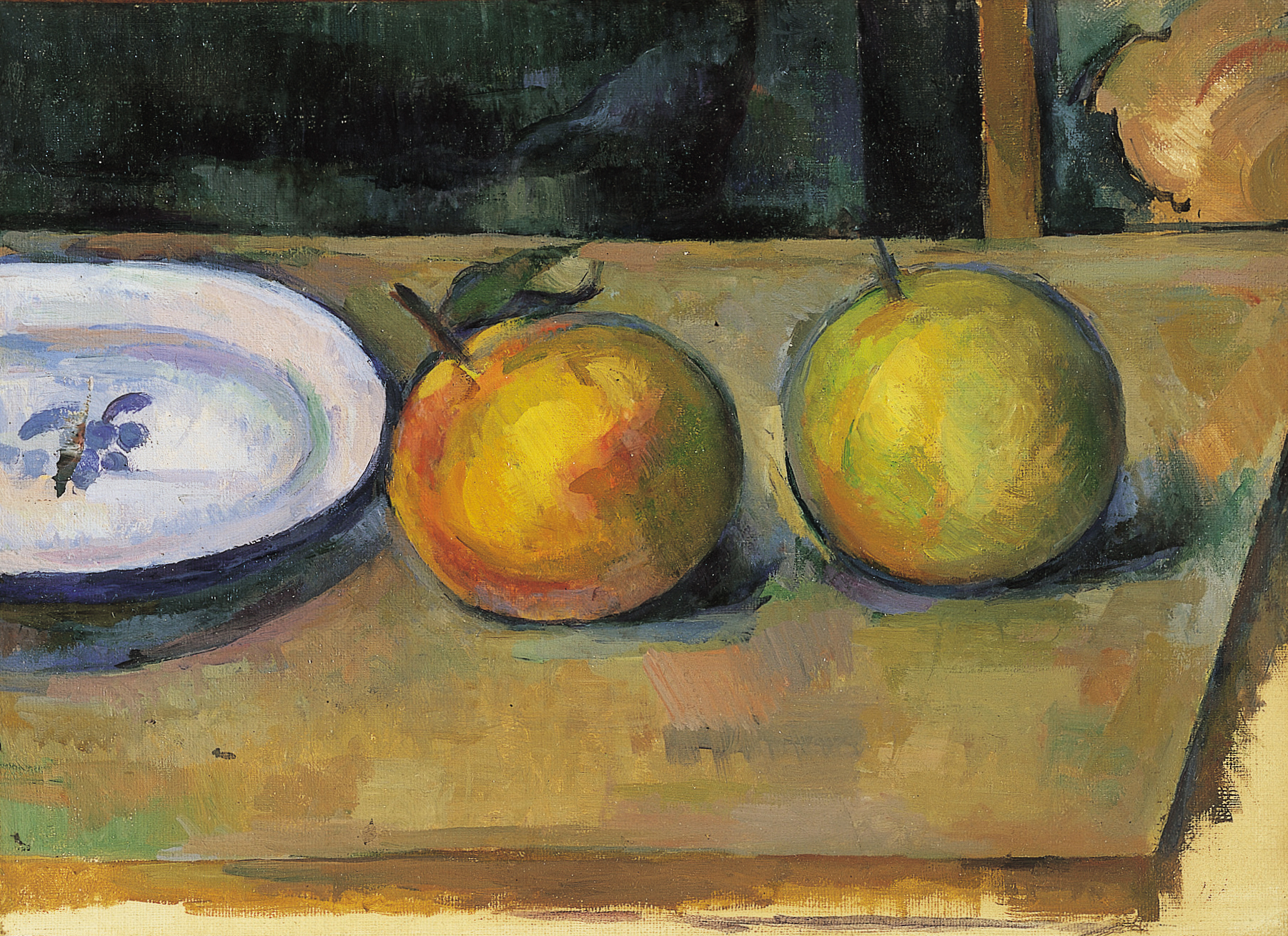Image Source – Speed Art Museum
American Art Union: Making Art Appreciation Possible for Middle-Class Americans
Sometimes art can seem like it’s meant for those who are wealthy, or naturally artistic. It can feel inaccessible to the average Joe. When some folks think of art, they immediately think of the big names- Van Gogh, Degas, Picasso, Monet- names that only museums can afford. However, there is an incredible wealth of art that deserves as much appreciation, if not more, than these. James Herring believed that to be true, and decided to create a way to share the art of these unsung heroes.
Following Europe’s Lead
In 1838, James Herring founded the Apollo Gallery as a way to showcase new American art. However, to help increase the distribution of art to the public, Herring changed the Apollo Gallery into the Apollo Association for the Promotion of Fine Arts in 1839. This subscription organization was modeled after the concept of the Art Union, which had begun in Switzerland and spread across Europe. As a member of an Art Union, one was required to pay a small membership fee in exchange for the chance to own and view new works of art. In 1840, Herring and the Apollo Association broke ties. The Apollo Association then adopted a name change to reflect its new identity- the American Art Union.
Subscribing to American Art
As a paying member of the American Art Union (AAU), one would receive a very large annual report, along with a copy of at least one engraving, specially commissioned for the members. There were 36 engravings commissioned and were the reason the AAU was so popular. Also, members would receive an entry into a lottery drawing for a work of art already purchased by the AAU. Some of these paintings were large, historical works, but most were smaller landscapes or genre pieces.
Art for All
The AAU maintained the belief held by George Godwin, co-founder of the Art Union of London, that art should be universally accessible to all. Through this belief, the AAU operated as a “Perpetual Free Gallery”, allowing members to enter the gallery for free and non-members to enter at a nominal charge.
The Big Impact on 19th Century American Art
By operating in this fashion, the AAU dominated the New York art market in the 1840s. In 1840, the AAU had 686 subscriptions, and by 1849, they had 19,000. Many of America’s premier artists sold large numbers of paintings to the AAU, giving them the recognition they desired. Quite a few of the engravings based off of these paintings still exist today.
In 1853, the AAU disbanded after a lengthy legal dispute with the International Art Union. Unfortunately, the AAU had become a victim of their own success, not realizing they had mistaken popularity for sustainability. However, this brief alliance between the artistic elite and the middle class brought a renewed appreciation for American art and gave many new artists a chance to shine.
Add to Your Collection
If you are looking for the perfect piece to begin, or add to, your own art collection, visit our GALLERY. We have beautiful, original mid-century modern pieces by Raymond Loewy, Vincent Raney, and others.





